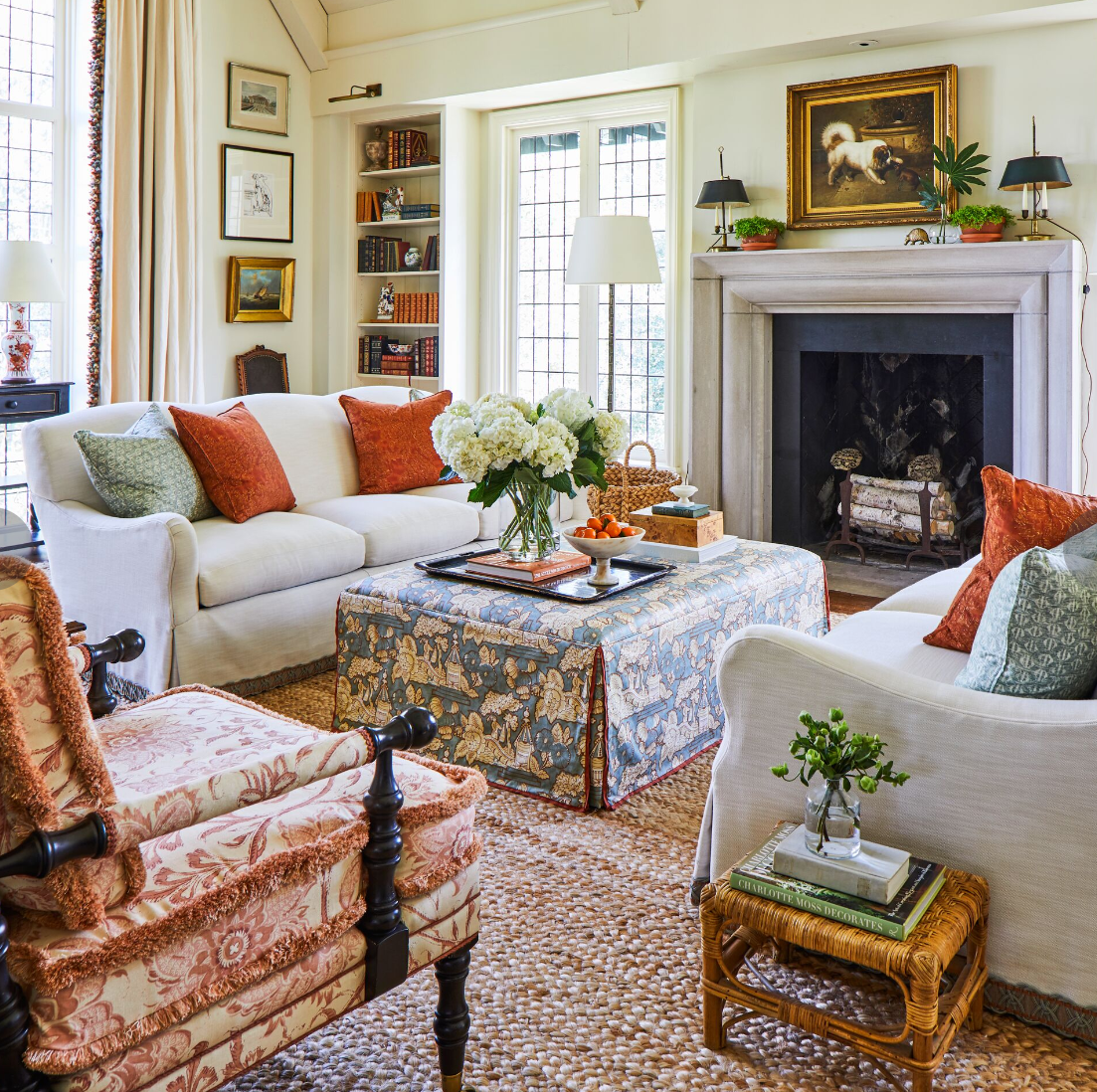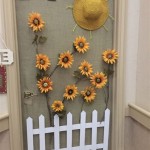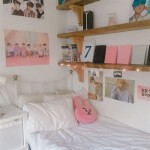Living Room Furniture: A Comprehensive Guide to Decorating with Tables
The living room serves as the heart of the home, a space dedicated to relaxation, entertainment, and quality time. Therefore, careful consideration of furniture choices is paramount in creating a functional and aesthetically pleasing environment. Among the essential elements, tables play a crucial role in defining the room's purpose and influencing its overall design. From providing surfaces for everyday use to acting as decorative focal points, tables contribute significantly to the comfort and style of a living room. This article explores the various types of tables commonly used in living rooms and provides guidance on selecting and integrating them effectively into a cohesive decor scheme. Furthermore, the functionality and aesthetics of the tables are discussed.
Coffee Tables: The Centerpiece of Functionality
Coffee tables are arguably the most prominent table type in a living room. Positioned centrally, they serve as a convenient surface for placing drinks, snacks, remote controls, books, and decorative items. Coffee tables are not merely functional necessities; they also contribute significantly to the room's aesthetic appeal. Their design can range from simple and minimalist to elaborate and ornate, allowing for a wide variety of style choices. For instance, a wooden coffee table with clean lines can complement a modern living room, while a reclaimed wood coffee table may enhance a rustic or farmhouse-inspired space. The size and shape of the coffee table should be proportional to the size and layout of the room. A general guideline is to leave approximately 18 inches between the coffee table and the sofa to allow for comfortable movement. Selecting the right coffee table involves considering several key factors, including material, shape, size, and storage options. The material should be durable and easy to clean, the shape should harmonize with the overall room design, and the size should be appropriate for the seating arrangement. Additionally, coffee tables often incorporate storage features, such as drawers or shelves, which provide convenient space for storing books, magazines, and other items.
Side Tables: Enhancing Accessibility and Balance
Side tables, also known as end tables, are typically placed beside sofas or armchairs. They provide a convenient surface for placing lamps, drinks, and other personal items. In addition to their functional role, side tables can contribute to the overall balance and visual appeal of the living room. A well-placed side table adds a touch of symmetry and structure to the space. Side tables come in various shapes, sizes, and styles, allowing them to blend seamlessly with different decor schemes. They should be selected with careful consideration of their height and proximity to seating. The ideal height of a side table typically matches the armrest of the adjacent furniture, making it easy to reach items while seated. The selection of side tables provides an opportunity to experiment with different materials, shapes, and colors, adding visual interest to the room. Combining side tables with different textures or finishes can create a layered and dynamic look. For example, a metal side table can add an industrial touch to a modern living room, while a glass side table can create a sense of airiness and transparency.
Console Tables: Adding Versatility and Style
Console tables are versatile pieces of furniture that can be strategically placed in various areas of the living room. Often placed against a wall, they offer a surface for displaying decorative items, such as artwork, photographs, and lamps. Console tables can also be used as entryway tables, providing a convenient spot for keys, mail, and other essentials. The design of a console table can range from sleek and minimalist to ornate and elaborate, allowing it to complement a wide range of decor styles. When selecting a console table, consider the available space and the intended function. If the console table is intended for display purposes, choose a design that complements the artwork or decorative items. Console tables can be used to create a focal point in the living room, especially if they are placed beneath a mirror or artwork. They also provide an opportunity to introduce different textures and colors into the space. For example, a console table with a marble top can add a touch of elegance, while a console table with a vibrant finish can serve as a statement piece.
Choosing Table Materials: Functionality and Aesthetics
The material of living room tables significantly impacts their functionality and aesthetic appeal. Common materials include wood, metal, glass, and various composites. Each material offers distinct advantages and disadvantages, which should be carefully considered when making a selection. Wood tables are a popular choice due to their warmth, durability, and versatility. They can be crafted in a wide range of styles, from traditional to modern. Metal tables, such as those made of steel or iron, offer a sleek and industrial look. These tables are durable and often feature unique designs. Glass tables create a sense of spaciousness and transparency, making them ideal for smaller living rooms. However, glass surfaces require regular cleaning and can be prone to scratches. Composite materials, such as laminate or engineered wood, provide an affordable alternative to solid wood. They offer a wide range of finishes and are relatively easy to maintain. The choice of material should consider the overall decor style, the desired level of durability, and the maintenance requirements. For example, a family with young children might opt for a durable wood or composite table, while a homeowner seeking a sophisticated look may choose a glass or metal design.
Shape and Size Considerations: Proportion and Harmony
Selecting tables in the appropriate shape and size is crucial for creating a harmonious and functional living room. The shape and size of the coffee table, side tables, and console tables should be proportional to the dimensions of the room and the size of the furniture. For coffee tables, rectangular or oval shapes generally work well in most living rooms, while square or round shapes may be better suited for smaller spaces. Consider the layout of the seating area and the pathways within the room when determining the size of the coffee table. For smaller living rooms, a coffee table with a smaller footprint or with storage options can maximize space. Side tables should be appropriately sized in relation to the sofas or armchairs. The height of the side table should be close to the height of the armrest of the adjacent furniture. Console tables should be selected in accordance with space available, ensuring that they do not obstruct movement or overwhelm the wall space. Consider the overall flow of the room, avoiding placing tables in locations that might create obstacles or constrict movement.
Table Placement and Arrangement: Optimizing Flow and Functionality
The placement and arrangement of living room tables play a crucial role in defining the room's functionality and aesthetics. The coffee table should be placed within easy reach of the sofa and other seating areas, creating a central gathering point. Side tables should be positioned beside sofas or armchairs, providing convenient access to lamps and other personal items. Console tables can be placed against walls or behind sofas, serving as a focal point for display or storage. Consider the room's layout and traffic flow when arranging the tables. Avoid placing tables in locations that might create obstacles to movement. Experiment with different arrangements to find a configuration that optimizes both functionality and visual harmony. The placement and arrangement of tables also provide an opportunity to create visual balance and symmetry within the room. For example, a pair of side tables flanking a sofa creates a sense of balance and symmetry. Varying the height and shape of tables can also add visual interest. Tables of different heights create visual layering, while tables of different shapes complement each other.

Modern Coffee Table Decorating Ideas For Your Living Room

Sofa Table Ideas And Decor For Your Living Room Farmhousehub

Modern Coffee Table Decorating Ideas For Your Living Room

33 Beautiful Living Room Design Ideas With Mirror Matchness Com Apartment Shabby Chic

Coffee And Side Tables 60 Ideas For Your Living Room

All About Living Room Furniture And Decor Designcafe

How To Decorate Living Room Furniture Designcafe

7 Showstopper Living Room Center Table Decor Ideas Fabuliv Blogs 2025

27 Coffee Table Decor Ideas How To Style A Modern

21 Essential Farmhouse Decorations For The Home Living Room Furniture Decor Ideas
Related Posts







